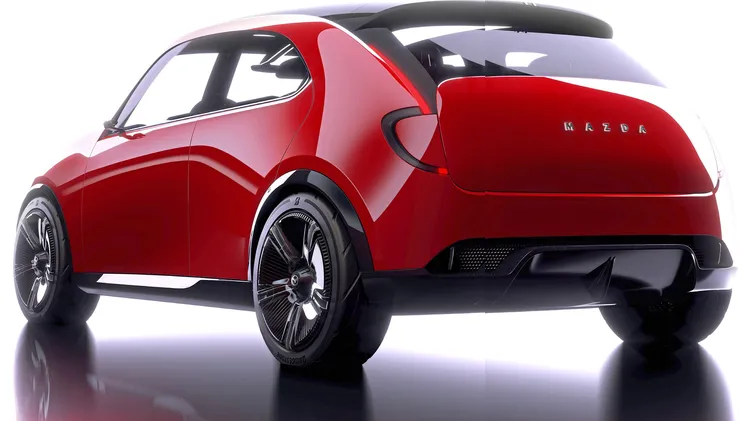Mark Tisshaw has seen the future and, he reports from CES, you better bra
The really wild show
8 min read
This article is from...
Read this article and 8000+ more magazines and newspapers on Readly






